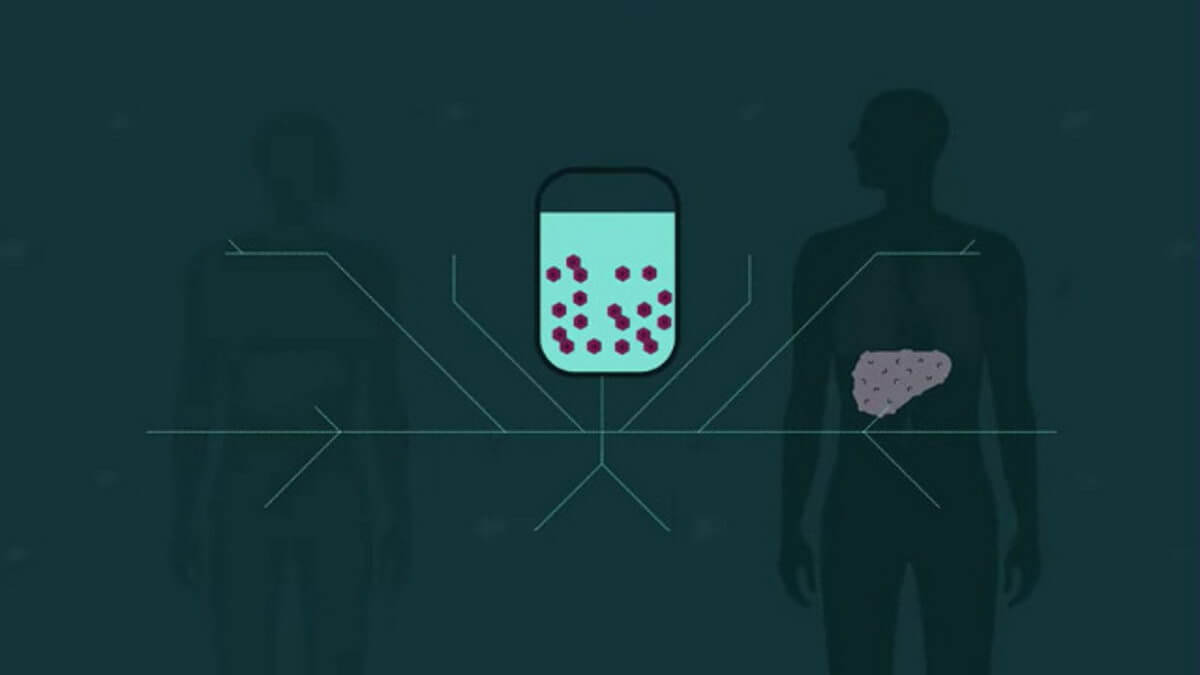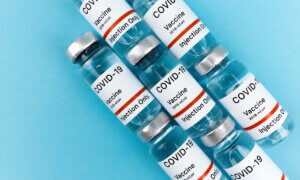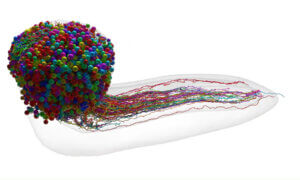Growing mini-livers is the most unexpected headline for a clinical trial but, thanks to medical advances, here we are.
A pioneering technique that could help in the treatment of end-stage liver disease will enter human clinical trials very soon.
The patients involved in the trials will have a treatment that will turn their lymph nodes into bioreactors capable of enabling organ regeneration.
Essentially, patients will grow mini-livers internally, not necessarily near their own liver.
A report from New Atlas explains how LyGenesis, a cell therapy company, wants to do this on humans after completing tests in mice, pigs and dogs.
“The process involves injecting healthy liver cells, taken from donated organs, into the recipient’s lymph nodes. There, they multiply and grow into functioning mini versions that can support the work of the remaining cells in the original liver,” says the report.
According to the previous tests’ results, this technique would be a less invasive way to help liver disease sufferers, whose option so far was limited to surgery.
For those who do not qualify for surgery or are unable to find a donor, LyGenesis’ treatment offers a ray of hope.
“For our lead liver indication, one donated liver can treat dozens of ESLD patients, and the cell therapy is engrafted into the lymph nodes using an outpatient endoscopic ultrasound procedure, which is associated with substantially decreased medical risks and costs relative to full organ transplantation,” says the company on their website.
“Beginning in the next few weeks, 12 adults with end-stage liver disease (ESLD) will receive batches of healthy liver cells. These will be delivered via endoscope and injected directly into the lymph nodes.
The trial participants will be split into three groups of four that receive different doses – either 50 million, 150 million or 250 million cells. It’s thought that for every 50 million cells a patient receives, they will grow one mini liver, meaning the highest dose group could end up with five extra livers,” further explains NewAtlas.
MIT Engineers Reveal Ultrasound Stickers that See Inside Patients As They Go About Their Lives
As reported by Technology Review, the researchers at LyGenesis say that, using this revolutionary technique, they can make use of organs that would otherwise be discarded – and they could get treatments for 75 people from a single donated organ.
Many wondered if it’s possible to grow new organs and here is a project that gives hope.
Using Virtual Reality, Surgeons Successfully Separated These Conjoined Twins
Follow TechTheLead on Google News to get the news first.























